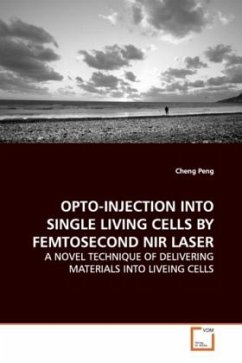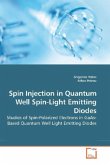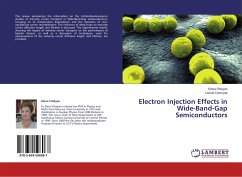This dissertation presents a novel technique of
delivering membrane impermeable molecules into single
living cells with the assistance of femtosecond (fs)
near-infrared (NIR) laser pulses. This technique
promises several major advantages, namely, very high
transfection efficiency, high cell survival rate
( 100%) and fully preserved cell viabilities.
In this work, the system for fs NIR opto-injection
was designed and built. Successful fs NIR
opto-injection has been performed on several cell
systems including single mammalian cells, marine
animal eggs, and human cancer cells cultured in a
tissue-like environment. The connections between
laser parameters and cell responses were explored.
Dye uptake rate of the target cells was observed to
depend on incident laser intensity. Pore size was
found dependent on incident laser intensity. The
conclusion was made that laser-induced breakdown and
plasma-induced ablation in cell membrane are the
physical principles that govern the process of fs NIR
opto-injection.
delivering membrane impermeable molecules into single
living cells with the assistance of femtosecond (fs)
near-infrared (NIR) laser pulses. This technique
promises several major advantages, namely, very high
transfection efficiency, high cell survival rate
( 100%) and fully preserved cell viabilities.
In this work, the system for fs NIR opto-injection
was designed and built. Successful fs NIR
opto-injection has been performed on several cell
systems including single mammalian cells, marine
animal eggs, and human cancer cells cultured in a
tissue-like environment. The connections between
laser parameters and cell responses were explored.
Dye uptake rate of the target cells was observed to
depend on incident laser intensity. Pore size was
found dependent on incident laser intensity. The
conclusion was made that laser-induced breakdown and
plasma-induced ablation in cell membrane are the
physical principles that govern the process of fs NIR
opto-injection.








